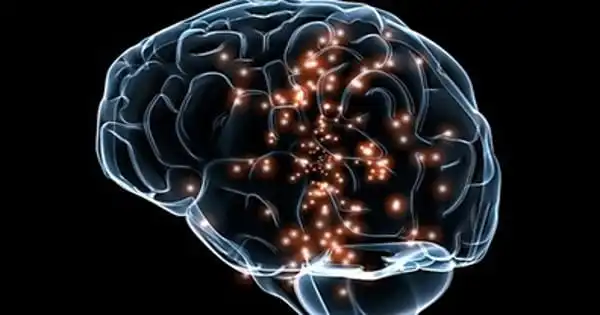By classifying more than 250,000 neurons in fruit fly brains using gene sequencing and machine learning, researchers at New York University have built a “developmental atlas” of gene expression in neurons. Their research, which was published in Nature, shows that neurons have the greatest molecular variety during development and identifies a type of neuron that was thought to exist exclusively in the embryonic stage of flies.
“Diversity of the different cell types that make up our brains can only be fully understood in light of their developmental history,” said NYU Biology Professor Claude Desplan, the study’s senior author.
Brains are composed of thousands of different types of neurons. Despite having the same genetic makeup, distinct sets of genes are turned on in different neuron types and at different stages of development to give neurons their diversity.
Researchers have long studied fruit flies, whose brains, despite being considerably simpler than those of humans, can be used as a model system to comprehend the diversity of brain cells. The optic lobes of fruit flies are the regions of the brain that process visual information, including color vision and the detection of objects and motion, and they contain about 60,000 cells and 200 different types of neurons.
In a recent work published in Nature, scientists from Desplan’s group compared cells in adult flies’ brains to examine variations during development in order to fully identify the diversity of neurons in the optic lobe and create a “developmental atlas” of gene expression.
The ‘atlas’ constitutes an enormous resource for the research community: we can now simply look up whether a particular gene is active or not in any cell type of our choice and at any point during its development.
Neset Özel
The researchers used a type of a recently developed technique called single-cell mRNA sequencing, which allowed them to capture and sequence mRNA from more than 250,000 single cells, to generate their “atlas.” Throughout development, they attributed each of these cells to a certain cell type using a variety of machine learning techniques.
“Our datasets almost completely account for the known neuronal diversity of the optic lobes and can serve as a paradigm to understand brain development across species,” said Neset Özel, a postdoctoral associate at NYU and one of the study’s lead authors. “The ‘atlas’ constitutes an enormous resource for the research community: we can now simply look up whether a particular gene is active or not in any cell type of our choice and at any point during its development.”
The researchers learned several things as they created their “developmental atlas.” First, they discovered a brand-new class of neurons in fruit flies that are only found on the surface of the optic lobe throughout development and are eliminated just before the insects hatch through a process called programmed cell death.
“While we do not yet understand the functions of these previously unknown neurons, neurons with very similar properties called Cajal-Retzius cells also exist in mammalian brains, and they are critical for proper brain development,” said Felix Simon, a biology doctoral student at NYU and the other lead author of the study.
Additionally, the researchers discovered that compared to adult neurons, developing neurons have higher amounts of molecular variety, which enables developing cells to create connections with particular partner cells and reject others.
As a result, even though their physiological characteristics in adult brains may be the same, neurons can acquire unique characteristics and activities entirely as a result of their developmental experience.
“This has large implications for the studies of neurodevelopment disorders. Disruptions to neural circuit function could occur entirely due to defects in certain genetic programs that are only transiently active during development and would be impossible to understand by simply looking at the end result,” explained Özel.
Finally, the study showed that different sets of genes can be expressed in the upper vs lower part of the brain by neurons that have the same outward appearance. Because of these variations, flies may be able to make different computations based on the visual information they get, such as the difference between the sky and the ground.
















